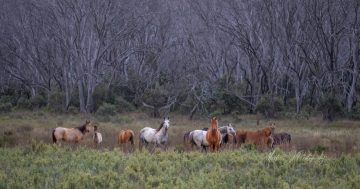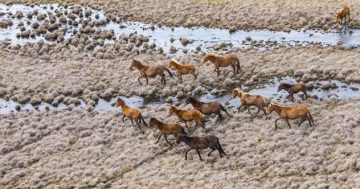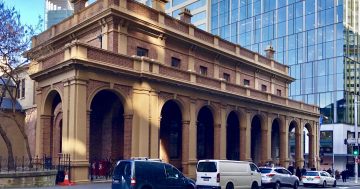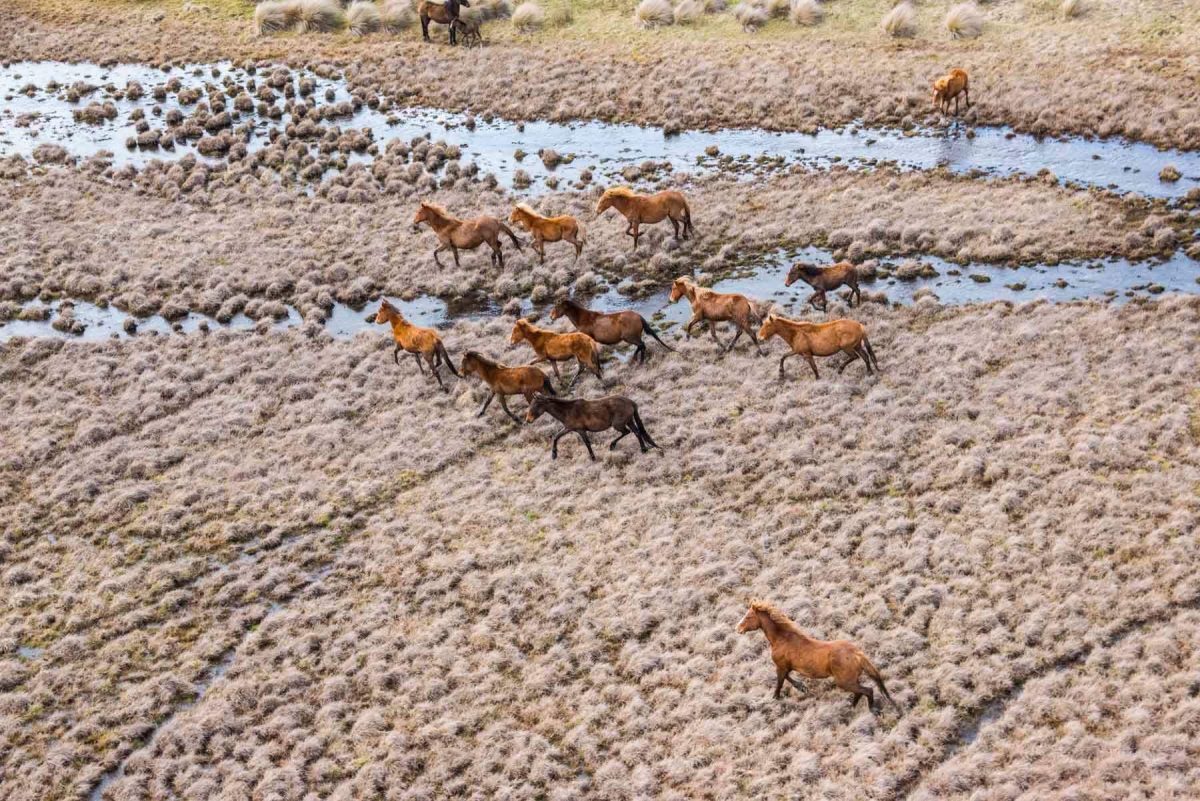
The Invasive Species Council says the NSW NPWS has a legal obligation to carry out control operations to reduce the Kosciuszko National Park horse population to 3000 by 2027. Photo: Invasive Species Council.
The Invasive Species Council (ISC) has welcomed Friday’s (27 October) decision by the NSW Government to amend the Kosciuszko National Park Wild Horse Heritage Management Plan (KNP WWHMP) to allow aerial shooting as a method to reduce feral, or wild, horse numbers in KNP.
CEO Andrew Cox has labelled it a courageous move by the Government, in particular Environment Minister Penny Sharpe and Premier Chris Minns.
“It follows another recent success: the federal Senate inquiry established by independent ACT Senator David Pocock recommended immediate action on feral horses, including aerial control,” he said.
ISC advocacy manager Jack Gough said lifting the arbitrary ban on the aerial shooting of the horses, also referred to as brumbies, was a huge win for threatened native wildlife and mountain streams in the NSW alpine region.
“No-one likes to see animals killed, but the sad reality is that we have a choice to make between urgently reducing the numbers of feral horses or accepting the destruction of sensitive alpine ecosystems and habitats, and the decline and extinction of native animals,” he said.
Mr Gough said when it came to managing the out-of-control horse population, all available tools in the toolbox were needed and that included aerial shooting by highly trained professionals using protocols reviewed by independent animal welfare experts.
“Now our park rangers can finally get on with the difficult task of removing thousands of feral horses before our mountains and rivers are trampled beyond repair,” he said.
“Momentous” is how Snowy River guide, founder of the Reclaim Kosci campaign and Invasive Species Council Indigenous ambassador, Richard Swain, described the Government’s decision.
“The senseless destruction of Country by feral horses over the last 20 years has been a national disgrace,” he said. “For two decades, the most humane and effective method for removing feral animals has been off the table for feral horses due to political cowardice.
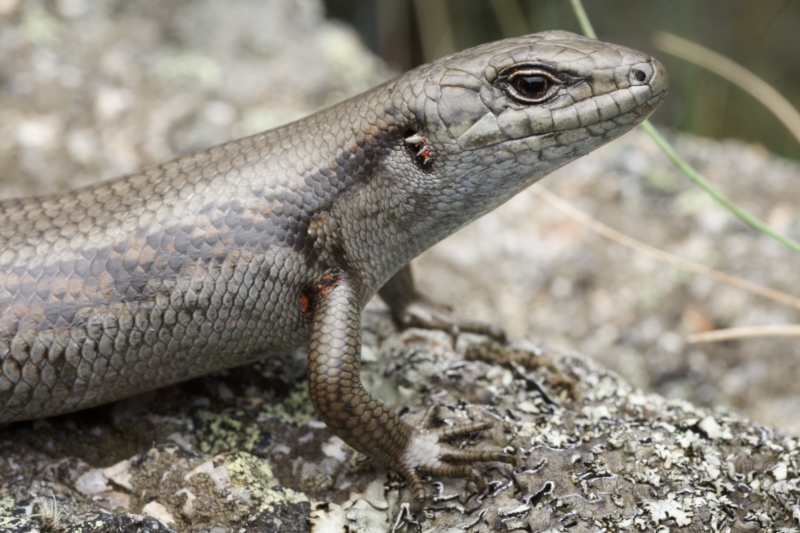
The mountain skink was listed as endangered in August 2022. Photo: Invasive Species Council.
“Finally the health of the soil, water and our native species in the Snowy Mountains has been put above short-term politics.”
ANU Fenner School of Environment and Society’s Professor Jamie Pittock, an expert on the impact of feral horses on the ecology of the alps, said the years of delay and inaction from the NSW Government had seen feral horse populations rapidly increase, with devastating environmental consequences.
“Feral horses are wreaking havoc in the high country,” he said. ”The alpine swamps which are home to threatened species like corroboree frogs are being destroyed. The headwaters of our major rivers are being polluted and turned into mud baths.
“Scientific modelling makes it clear that aerial shooting is the only method that will allow the Government to reduce the feral horse population and save threatened native wildlife like the alpine she-oak skink and corroboree frog.”
The ISC said hundreds of thousands of other feral animals, such as pigs and deer, were routinely culled using aerial shooting as part of normal invasive species management across NSW, including KNP, by NSW NPWS, Local Land Services (LLS) and private landholders.
In the three years to the end of 2022, 4583 deer, 669 feral pigs, 15 goats and 17 foxes were removed from the park through aerial shooting.
The ISC maintains the numbers of horses being removed using currently available control techniques, such as ground shooting, trapping and rehoming, were well below the population growth rate and insufficient to control the growth or spread of feral horses.
“There are too many feral horses in the alps and not enough demand for rehoming for it to be relied upon for the reduction of the population,” a spokesperson said.
From July to December 2022, 525 feral horses were removed from KNP, which the spokesperson said was well below the population growth rate of about 15-18 per cent a year.
They suggested fertility control as a management tool was only effective for a small, geographically isolated and accessible population of feral horses where the management outcome sought was to maintain the population at its current size.
“It is not a viable option to reduce the large and growing feral horse population in the vast and rugged terrain of the Australian alps,” they said.
They said NPWS had a legal obligation to carry out control operations to reduce the feral horse population to 3000 by 2027 to protect the park.
Modelling conducted for the ISC by ecologist Dr Don Fletcher has found that to reach 3000 by 2027, 5991 horses would have to be removed annually (based on an annual population growth rate of 15 per cent – the average growth rate since 2003).
They say the aerial shooting undertaken by NPWS staff was professional, humane and safe and cited a review into animal welfare conducted by the former NSW government in 2022, which found that “if undertaken in accordance with best practice, aerial shooting can have the lowest negative animal welfare impacts of all lethal control methods”.









